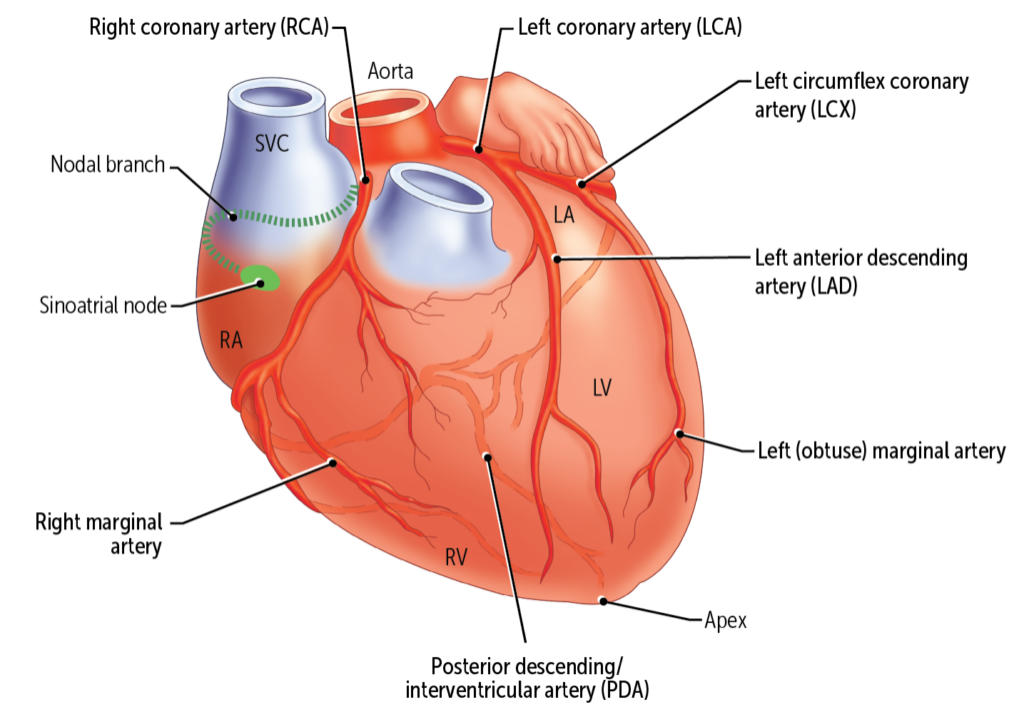Aneuploidies are chromosome number abnormalities. Trisomies fall under the umbrella of aneuploidies. The term trisomy comes from tri, meaning tripled, and soma, meaning body—the tripling of a single chromosomal body. This serious genetic abnormality can have significant effects on development.
There are two types of trisomies: X/Y and autosomal. The X/Y trisomies result from an extra copy of one of the sex chromosomes. They include conditions like Klinefelter syndrome (47, XXY) and triple X syndrome (47, XXX). Autosomal trisomies result from an extra copy of one of the 22 autosomal (nonsex) chromosomes and include several conditions we will discuss in more detail below.
Trisomies can result from abnormal chromosome separation during meiosis or from an inherited joined chromosome. The most common type of joined chromosome is called a Robertsonian translocation and can lead to trisomies in offspring.
Most trisomies are embryonic lethal abnormalities. Only trisomy 21 (Down syndrome), trisomy 18 (Edwards syndrome), and trisomy 13 (Patau syndrome) are survivable until birth, and generally only trisomy 21 individuals survive infancy.
After listening to this Audio Brick, you should be able to:
- Explain how a carrier of a Robertsonian translocation is at higher risk of having a child with a trisomy.1
- Contrast the genetic etiology and clinical presentation of Down syndrome, Edwards syndrome, and Patau syndrome.2
- Differentiate Down syndrome, Edwards syndrome, and Patau syndrome based on ultrasonographic findings and altered serum marker levels.
If you haven’t subscribed to the Rx Bricks Podcast, we suggest you do it today! It’s free.
Head to the homepage for the Rx Bricks Podcast to hear the full episode and subscribe so that you’re notified when the next one drops.



